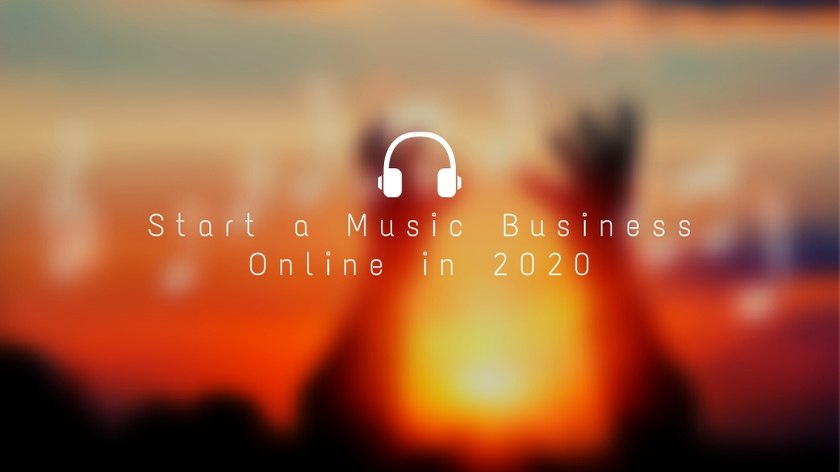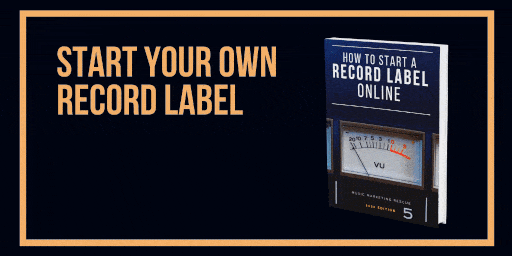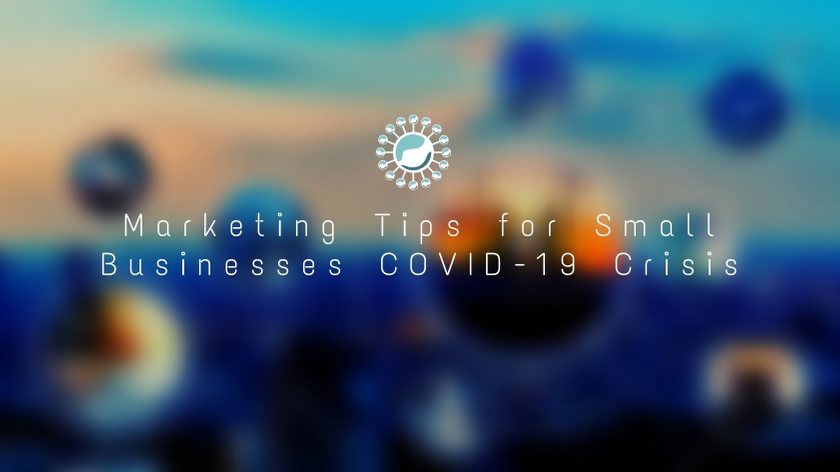
How to Define Your Niche Market
Finding a profitable niche market can help you focus your marketing on specific demographics. Unfortunately, many business owners fail to properly define their niches.
Defining your niche allows you to address the needs of your potential customers. It helps you build more successful marketing campaigns that boost conversion rates and sales.
What Is a Niche Market?
A niche market is a subset of a larger industry. Each niche market has unique needs or preferences that separates it from a broad, generalized market.
For example, website development is a general market. Website development for nonprofits is a niche market. Compared to the average business, nonprofits have distinct needs.
Marketing to a niche is often easier than trying to appeal to a broad audience. With targeted marketing campaigns, you can zero in on the distinct requirements of your niche customer base.
- Choose an Industry to Serve
The first step in defining your niche market is to identify the industry that you serve. No matter if you work in real estate or fashion, you should have a good understanding of how the overall industry operates. This allows you to identify:
- Your biggest competitors
- The size of the overall market
- The variety of niche markets within the industry
- The problems that customers face
You need to define the general problems that customers in your industry face and how you can solve them. This helps you analyze the distinct needs and wants of customers in your niche market compared to the broader market.
- Define Your Specialization
Your specialization is what sets you apart from the competition. It allows you to dig deeper into a niche market to address the specific needs of a smaller group of people.
For example, “Dallas Law Firm” covers a broad market. Customers likely have a wide variety of concerns and preferences. By choosing a subset of this market, such as “Dallas Family Law Firm,” you can better serve a select group.
- Create a Detailed Buyer Persona
A buyer persona defines your target audience. This is who you plan to market your products or services to.
A typical buyer persona is a short biography of your ideal customer. It should include the buyer’s age, income, career, education, geographical location, interests, and hobbies. These details help humanize your target customer.
- Define Your Competitive Advantage
Create a list of the problems that your buyer persona may encounter when searching for products or services in your niche. Go through the list and identify the ways that your business is uniquely equipped to deal with the problems.
You should also take a closer look at your competition. Determine how their products or services address the same problems. Pay attention to the strengths and weaknesses of your competition. If you cannot directly compete against their strengths, try to focus on their weaknesses.
Make a shortlist of the advantages of your products or services based on this research. Use this as your unique value proposition when generating marketing material.
Keep in mind that you do not need to focus on one niche market. As your business grows, you may expand your marketing to cover other niches. However, it is important to build each marketing campaign around one niche.





